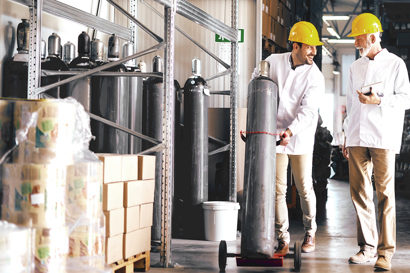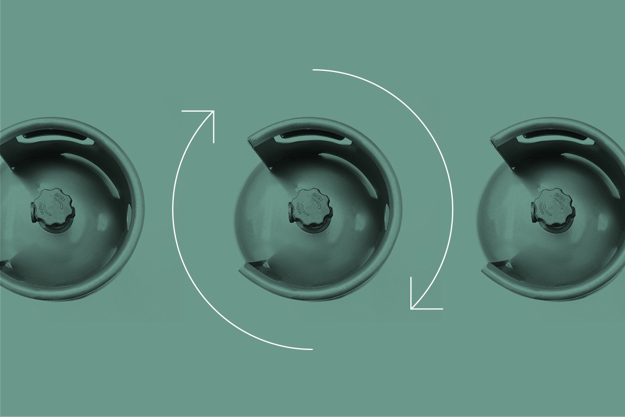
Recover, Recycle, and Reclaim
New refrigerant regulations and HFC phase-downs are reshaping the industry, aimed at significantly reducing harmful F-gas emissions. Transform your approach to cooling with us.
Addressing global refrigerant challenges: Recover, Recycle, and Reclaim
Refrigerant regulations and the accompanying HFC phase-down will have—and have already had—far-reaching effects on the cooling industry. The regulations aim to heavily reduce F-gas emissions, which can be achieved in three ways:
- Ensuring leak-tight equipment
- Increasing use of low- and ultra-low-GWP refrigerants
- Capping sales of HFCs in the EU through the HFC phase-down
Refrigerant leaks are a significant environmental challenge, contributing extensively to greenhouse gas emissions worldwide. In 2019 alone, mobile air conditioning systems released over 420 million tonnes of CO₂-equivalent emissions, with nearly a third of this impact attributed to refrigerant leakage (IEA, 2019). The International Energy Agency (IEA) and the United Nations Environment Programme (UNEP) estimate that better refrigerant management and transitioning to low-global-warming-potential (GWP) refrigerants could prevent up to 460 gigatonnes of CO₂-equivalent emissions over the next 40 years (IEA & UNEP, 2020).
As an HVACR technology and solutions provider, we are committed to designing and producing high-quality components that prevent refrigerant leakage. We also actively support the refrigerant transition by offering a full range of low-GWP refrigerant solutions. Let’s take a closer look at refrigerant lifecycle management and the role installers play in managing refrigerants already in the market.
Further readings: Report on Lifecycle Refrigerant Management by the Technology & Assessment Panel (TEAP) to the Montreal Protocol, Refrigerant Leak Study Report Australia by Refrigerants Australia & Expert Group.
Step 1: Recover refrigerant
Depending on geography, different regulations apply. But in general, operators, technicians, and installers in the cooling industry must ensure that the recovery of refrigerants is carried out by certified staff, and the refrigerants are either recycled, reclaimed, or destroyed.
Danfoss supports end-of-life refrigerant recovery, a critical step in responsible refrigerant management. For example, in Australia, only 20% of refrigerant in retiring equipment is successfully reclaimed (Refrigerant Leak Study – A Data-Driven Insight from Australia, 2024, by Refrigerants Australia & Expert Group).
Recovering refrigerant offers several advantages:



Step 2: Recycle or reclaim refrigerant
Once the refrigerant is recovered, you have three options: recycle, reclaim, or destroy.
When deciding which option to choose, it’s important to understand that recycled refrigerants are uncertified products, designed to be re-used on-site. If you want to reintroduce the refrigerant into the market, it needs to be reclaimed, where it can be purified, certified (according to the appropriate regulatory standards), and guaranteed by a licensed facility.


Drive profit while reducing emissions
Reducing refrigerant leaks isn’t just good for the environment—it’s good for business. With rising refrigerant costs, industry leaders are seeing firsthand how leak reduction and recycling can cut expenses. Partner with Danfoss today to see how responsible refrigerant management can benefit your bottom line and help curb greenhouse gas emissions.

Danfoss—your refrigerant transition partner
We’re here to guide you through the refrigerant transition, help you adapt your business to changing regulations, and find the safest, most affordable, and energy-efficient solutions for your installations.
